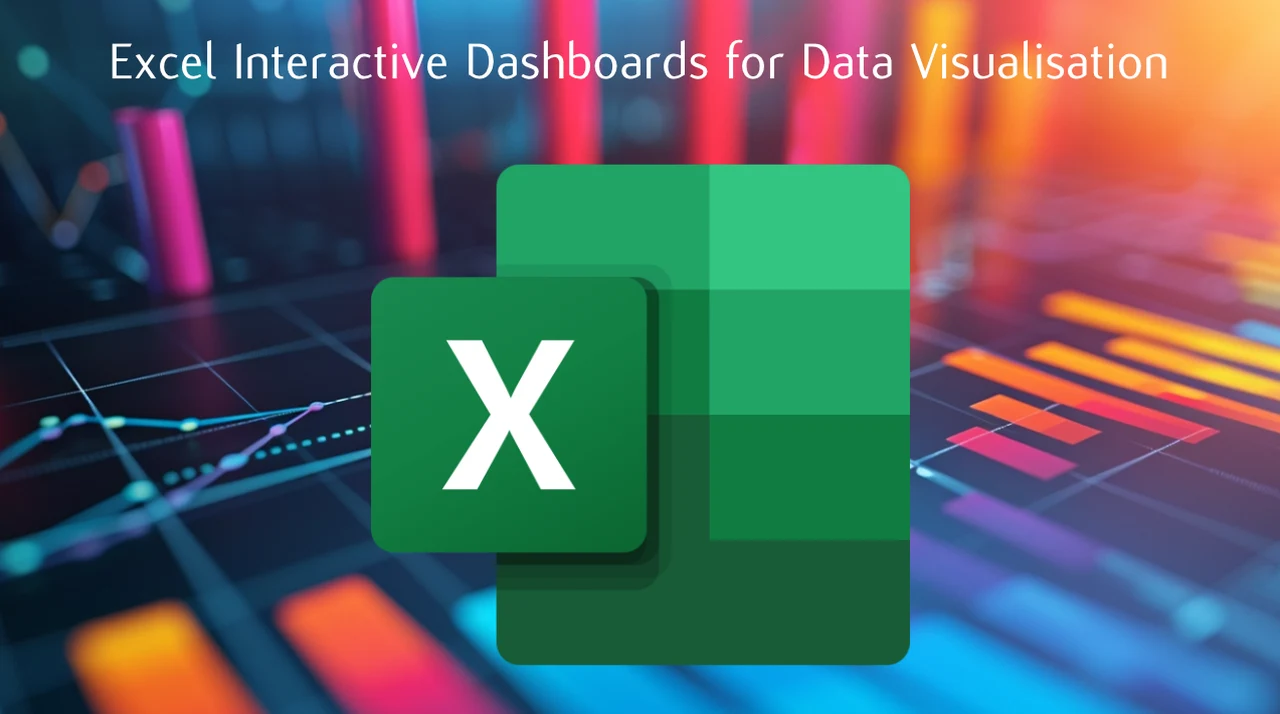
Merchant cash advances are becoming increasingly popular among small business owners in the US. These cash advances provide a quick and convenient way for businesses to access funding without going through the traditional loan application process. But what exactly is a merchant cash advance and how does it work? Different companies have different ways of explaining this, so let’s take a look at some of the explanations provided by some of the largest publicly traded merchant cash advance facilitators in the US.
Shopify, an e-commerce platform, describes a merchant cash advance as a purchase of a business’s future sales, also known as receivables. If a business’s application for funding is accepted, Shopify provides a lump sum of money for a fixed fee. The business then pays Shopify a percentage of its daily sales until the total amount advanced, plus the fixed fee, is remitted. The remittance rate and the amount advanced depend on the business’s risk profile.
DoorDash, a popular food delivery service, explains that its cash advance is not a loan but instead a cash advance based on the business’s sales and account history. The offer includes a simple, transparent one-time fee, which the business will know before accepting the offer. This is different from a traditional loan, which accrues interest over time and often comes with additional fees.
Lightspeed, a point-of-sale software provider, uses a diagram to illustrate how their merchant cash advance works. It shows that the advance is tied to a percentage of a business’s future sales and is repaid through daily deductions from the business’s sales until the full amount is remitted.
Amazon, a leading e-commerce company, describes a merchant cash advance as a non-revolving sum of funding that provides sellers with flexible payment options. Unlike loans, the advance is tied to a portion of a seller’s future sales and does not involve additional fees or interest charges.
NerdWallet, a personal finance website, explains that merchant cash advance companies can also withdraw funds directly from a business’s bank account. In this case, fixed repayments are made daily or weekly, regardless of the business’s sales. The repayment amount is determined based on an estimate of the business’s monthly revenue.
PayPal, a widely used online payment platform, emphasizes that a merchant cash advance is not a loan but a financing option that business owners pay back with a percentage of their future sales.
These explanations from different merchant cash advance facilitators highlight the common features of a merchant cash advance, such as a lump sum of funding, flexible repayment options tied to a portion of future sales, and transparent fees. However, it is important for business owners to carefully consider the terms and fees associated with a merchant cash advance before deciding if it is the right funding option for their business.


